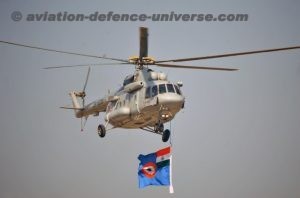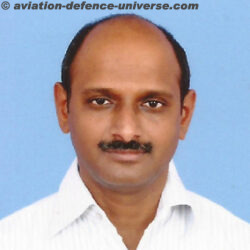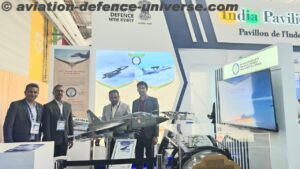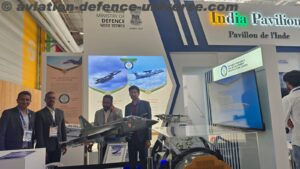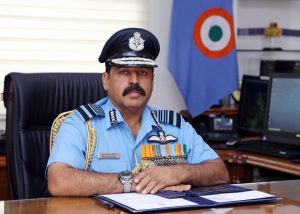
New Delhi. 07 October 2020. The IAF is prepared 24 x 7 for any threat and is ready for a befitting response to any contingency. The IAF has already created a roadmap for induction of fighter aircraft to build up to the sanctioned strength and for also modernization of its assets. Air Chief Marshal RKS Bhadauria PVSM, AVSM, VSM, ADC Chief of the Air Staff in an exclusive interview with Aviation & Defence Universe (ADU) , on the occasion of Air Force Day, 2020, reiterated Indian Air Force’s preparedness for a two war front.
ADU. Is IAF absolutely prepared for a two front war?
CAS. The IAF CONOPS (Concept of Operations) polices, force structure and operational training is designed to handle all envisaged and emerging threats on any front. We remain 24 x 7 prepared whilst we continuously enhance our capabilities to ensure a robust response when challenged.
ADU. Is there a deficit in the pilot strength and are there plans to increase the intakes through all entries?
CAS. The intake in flying branch is being increased steadily so as to achieve the desired cockpit to pilot ratios. While we do so, we also need to ensure the right quality of intake as operational standards are non-negotiable. Connecting with the youth and motivating them is a focus area of the IAF induction strategy. Our digital outreach includes a career website, mobile app and regular updates on IAF social media handles. We are also in the process of setting up a new Officers’ Selection Centre at Guwahati to ramp up our selection capacity.
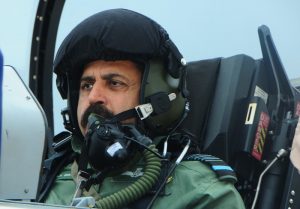
ADU. Where has IAF reached to incorporate theatre commands in its strategic and hierarchical structure?
CAS. Tri services study teams have been formed to deliberate and arrive at the contours of joint/theatre commands. The effort is being coordinated under the CDS through HQ IDS. We are looking at optimum solutions that achieve the desired jointness, synergy and increase op capability.
ADU. Tri-service synergy and civil-military synergy is the need of the hour. What are the steps being taken in this direction?
CAS. The creation of CDS and DMA has been a landmark step towards increasing co-ordination, tri-services effectiveness and overall combat capabilities of the Indian Armed Forces. Civil-Military synergy already exists at the centre/ state government level with well-defined roles for various contingencies. The representation of the services by the CDS and functioning of DMA will further strengthen this aspect in times to come. All steps necessary to streamline DMA functioning are being taken.
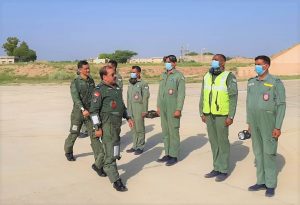
ADU. What is the IAF plan for use UAVs as a 100 percent asset in operations and operational area?
CAS. While, the operational role and utility of UAVs is growing rapidly, I do not see that UAVs will occupy 100% of the airborne platform inventory of any air force in the foreseeable future. Our current fleet of UAVs are integral part of our war fighting and as the capability grows we will keep refining of our employment plans. UAVs are very susceptible to attrition in contested airspace, therefore their role in depth in actual operations become highly restricted. I no doubt see a growing man-unmanned integrated operations in the coming years and IAF is pushing for such developments by DRDO, DPSUs and private sector.
ADU. What is the status on IAF plan to meet the requirement of mid-air refueller, VVIP jets and AMCA?
CAS. The process for procurement of six additional FRAs has been initiated and we are in receipt of responses to the RFI. In addition, we are exploring the option of leasing aircraft refuellers under DAP 2020 provisions which is a cost effective solution. As for the VVIP aircraft, the IAF is already equipped with BBJ and Embraer jets, in addition IAF will be acquiring two Boeing 777-300ER aircraft from Air India. AMCA is an important project for us and the initial design effort is in progress. The aircraft will be a fifth generation fighter and it will also have a few sixth generation technologies. DRDO has assured that development of AMCA will be accelerated so it can be inducted into service by end of this decade.
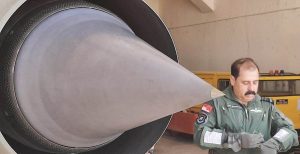
ADU. Will IAF put itself in the driving seat to determine what cutting edge technologies it wants from the public and private sectors to achieve the desired operational capabilities? Will Atmanirbhar Bharat and Make in India be helpful in filling the deficit IAF is facing?
CAS. The Indian Air Force is technologically intensive and sensitive. We are continuously engaged in an environment scan to update our technology requirements based on evolving threats and the industry is regularly updated about the same through multiple forums. ‘Atmanirbar Bharat’ and ‘Make in India’ are novel steps which all the stakeholders must invest in wholeheartedly and we will be in driver’s seat as far as technological & capability growth in aerospace industry is concerned.
IAF has been strongly advocating an increased role of private sector in aerospace manufacturing. The big projects like LCA variants and AMCA will certainly involve the Public and Private sector in equal measure. In fact, the private sector will have increasingly greater role in design and development of defence systems / sub-systems and in some cases, to even be the lead integrator of major platforms and combat systems. The new DAP 2020 promotes Development cum Production Partner or DCPP model for defence projects and IAF fully supports it. In addition to the big capital acquisition projects, IAF is already progressing a large number of projects under Make-II, Technology Development Fund (TDF) and iDEX schemes.
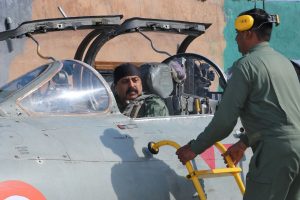
ADU. Are current training programmes sufficient for the changed geopolitical scenario and enhanced role of the IAF at the moment? Do some new training programmes need to be incorporated?
CAS. The calibration of training requirements is a regular process which is based on evolving threat scenarios, op capability of adversaries and requirements of own inductions. We also obtain inputs on unique practices through interaction with friendly foreign countries during joint exercises. The training programmes have accordingly been refined and tailored to meet our requirements towards enhancing output and proficiency of air warriors and this has been a major focus area for us.





































